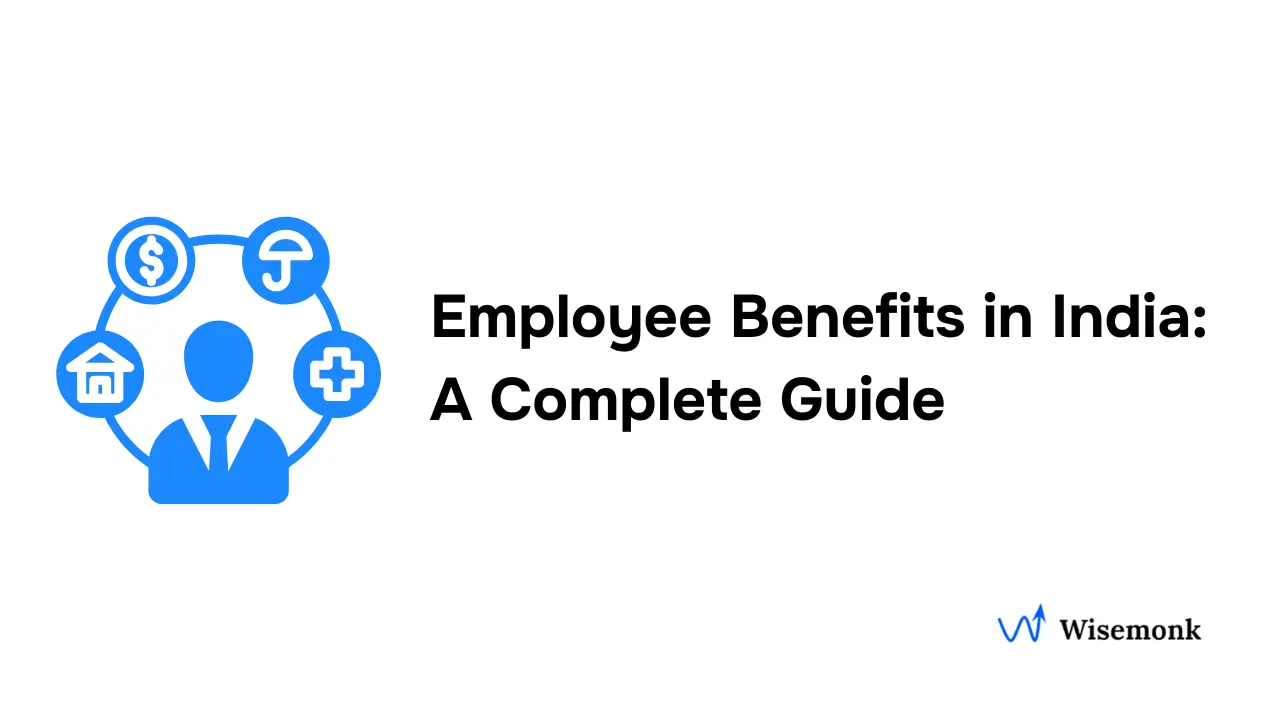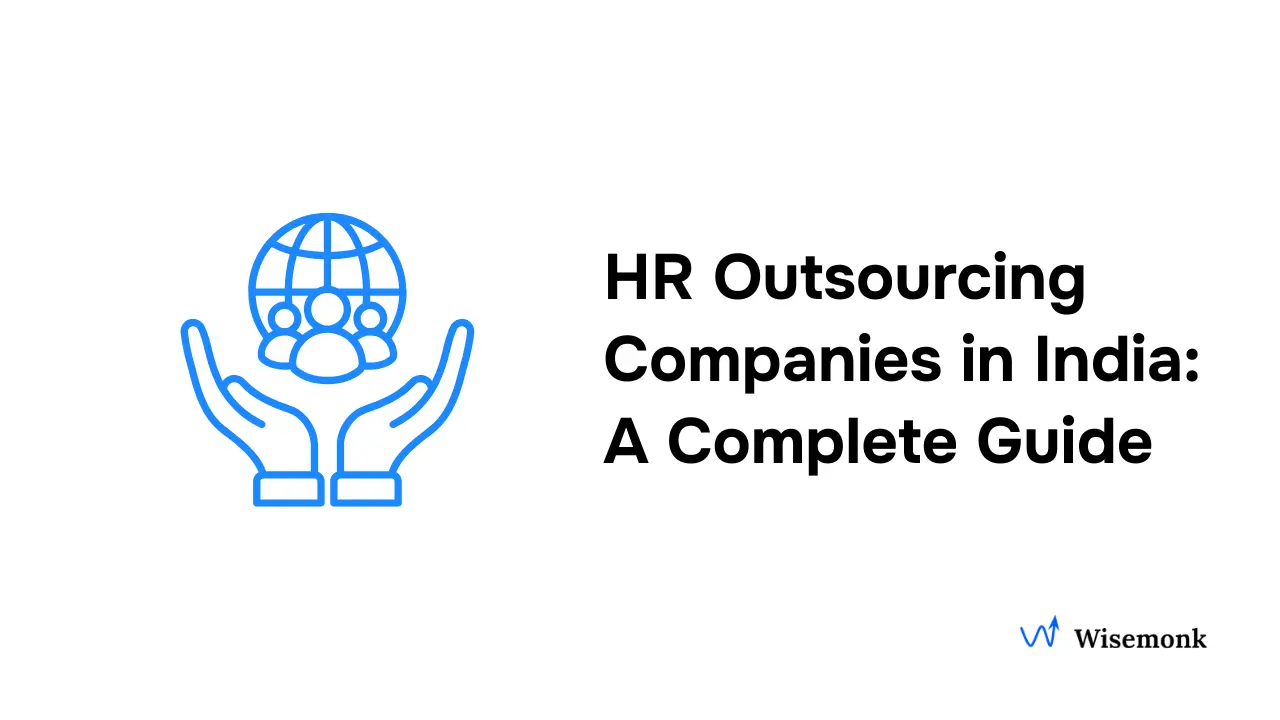International hiring can be complex, particularly when it comes to employee benefits across different countries. Wisemonk simplifies this process for businesses looking to hire in India, offering a Flexible Benefits Plan (FBP) that optimizes employee taxes and enhances financial well-being. This plan maximizes value for both employers and employees, streamlining the hiring process while providing significant tax advantages.
What is a Flexible Benefits Plan?
A Flexible Benefits Plan(FBP) is a compensation structure that allows employees to customize their salary components according to their financial needs. This plan offers a range of benefits, including meal allowances, fuel reimbursements, mobile and internet expenses, gift wallets, attire allowances, and many more. Employees have complete freedom to design their salary structure within the plan based on the anticipated expenses. It provides much-needed perks to both employers and employees.
How Does Flexible Benefits Plan Work?
Flexible Benefit Plans (FBPs) allow employees to customize their compensation packages by selecting from a range of benefits offered by their employer. Employees choose which benefits to include in their plan from options like meal allowances, fuel reimbursements, phone and internet bill reimbursements, and other tax-advantaged benefits. They then decide how much of their salary to allocate to each chosen component, considering any limits or eligibility criteria set by the employer or tax regulations. The selected benefits and allocations are integrated into the employee's salary structure. This customization often results in significant tax savings, as many FBP components are paid with pre-tax dollars, effectively reducing the employee's taxable income. For instance, allocating a portion of salary to meal allowances or fuel reimbursements can lower the taxable income, potentially placing the employee in a lower tax bracket. By optimizing their FBP selections, employees can potentially increase their take-home pay while still receiving valuable benefits tailored to their needs. By offering this flexibility, FBPs aim to provide more value to employees while helping employers manage benefit costs effectively.
Key Components of Our Flexible Benefits Plan

Meal or Food Allowance:
This allowance helps employees manage their daily food expenses during work hours. It typically covers meals and non-alcoholic beverages. As per Indian law, the annual maximum amount is ₹39,600, with a monthly range of ₹1,000 to ₹3,300. This benefit is tax-exempt under the old tax regime but not in the new regime.
Fuel Allowance:
This component reimburses employees for fuel costs incurred during commuting or official travel. As per Indian law, it has an annual maximum of ₹28,800, with a monthly range of ₹1,000 to ₹2,400. The fuel allowance is tax-exempt in both old and new tax regimes, helping offset transportation costs for employees.
Mobile and Internet Allowance:
This allowance covers the costs of mobile phone and internet usage for work purposes. As per Indian law, the annual maximum amount for mobile and internet is ₹24,000, with a monthly range of ₹1,000 to ₹2,000. It's particularly useful for employees who need constant connectivity or work remotely, and it's tax-exempt in both tax regimes.
Gift Wallet:
The gift wallet provides employees with an allowance for purchasing gifts or small perks throughout the year. As per Indian law, it has an annual maximum of ₹5,000, with a fixed monthly amount of ₹417. This component enhances the overall compensation package and is tax-exempt in both regimes.
Attire/Apparel Allowance:
This component provides reimbursement for work-related clothing or uniforms. As per Indian law, the annual maximum amount is ₹36,000, with a monthly range of ₹1,000 to ₹3,000. It helps employees maintain a professional appearance without bearing the full cost themselves. This benefit is tax-exempt only in the old tax regime.
Books and Periodicals Allowance:
This allowance covers the costs of books, journals, and publications related to work or professional development. As per Indian law, the annual maximum amount is ₹36,000, with a monthly range of ₹1,000 to ₹3,000. This benefit encourages continuous learning and skill enhancement, benefiting both the employee and the organization. It's tax-exempt only in the old tax regime.
These benefits are typically provided through a preloaded card and app platform, eliminating the need for employees to submit bills for flexible benefit claims.
What is FBP Declaration?
FBP Declaration is the process where employees inform their employer about which flexible benefit components they want to include in their salary structure and how much they want to allocate to each component. It allows employees to customize their compensation package based on their individual needs and preferences.
Steps to Declare FBP:
1. Review Available Options:
Carefully examine the FBP components offered by your employer and understand the tax implications of each.
2. Assess Your Needs:
Consider your personal circumstances and financial goals to determine which benefits are most valuable to you.
3. Select Components:
Choose the FBP components you want to include in your salary structure.
4. Determine Allocations:
Decide how much of your salary you want to allocate to each chosen component, within the limits set by your employer.
5. Fill Declaration Form:
Complete the FBP declaration form provided by your employer, specifying your chosen components and allocations.
4. Submit Supporting Documents:
Provide any necessary documentation to support your declarations (e.g., rent receipts for HRA claims) to your company's HR or payroll department by the specified deadline.
Keep Records:
Maintain copies of your declaration and supporting documents for future reference and tax filing purposes.
By following these steps, you can effectively declare your FBP and optimize your salary structure for maximum benefit.
Benefits of FBP
Flexible Benefits Plans (FBPs) offer a customizable approach to employee compensation, allowing individuals to tailor their benefits package to their specific needs. This system provides numerous advantages for both employees and employers.
For Employees
1. Customization:
Employees can choose benefits that best suit their lifestyle and needs, leading to greater satisfaction with their compensation package.
2. Tax advantages:
Flexible Benefit Plans (FBPs) offer significant tax savings for employees by allowing pre-tax deductions from their salary, which reduces taxable income. Many components of FBPs, such as meal allowances, fuel reimbursements, and health insurance contributions, are tax-exempt or partially exempt from income tax.
3. Convenience:
All benefits and spending are managed through a preloaded card and app platform, eliminating the need to submit bills for claims.
4. Wide Acceptance:
The benefits can be used both online and at physical stores, offering flexibility in how employees access their perks.
For Employers
1. Enhanced recruitment and retention:
FBPs can be a powerful tool in attracting and keeping top talent. The ability to customize benefits can set an employer apart in a competitive job market.
2. Cost control:
Employers can set a fixed budget for benefits while still offering flexibility. This allows for better financial planning and can help control rising benefit costs.
3. Reduced administration:
With employees managing their own choices, the administrative burden on HR departments can be reduced. Many FBP systems are automated, further streamlining the process.
Improved employee satisfaction:
By offering choice, employers demonstrate that they value individual needs, leading to higher job satisfaction and engagement. Satisfied employees are often more loyal and productive.
Flexible Benefits Plans offer a win-win solution for both employees and employers. They provide employees with personalized, tax-advantaged benefits that suit their individual needs, while allowing employers to control costs, improve satisfaction, and attract top talent. As workplaces continue to evolve and diversify, FBPs represent a modern, adaptable approach to employee compensation.
Challenges Involved in Implementing FBPs
- Managing multiple benefit options and ensuring compliance with regulations can create a significant administrative workload for HR departments.
- Keeping up with changing tax laws and regulations to ensure that the FBP remains compliant can be difficult and requires ongoing attention.
- Ensuring that employees understand their benefit options and how to make informed choices can be challenging, necessitating clear communication and training.
- Since employees have the option to choose different benefits, they may frequently change their selections, leading to challenges in administration and planning for both HR and payroll departments.
How Wisemonk's Payroll Simplifies the FBP Process
Wisemonk simplifies the complex task of managing flexible benefits while ensuring compliance and maximizing tax advantages. Here's how Wisemonk's payroll system enhances the FBP process:
1. Digital Integration:
All benefits and spending are managed through a preloaded card and app platform, eliminating the need for paper-based processes
2. Automated Tax Calculations:
The system automatically applies the appropriate tax benefits based on the old and new tax regimes, ensuring compliance with IT regulations
3. Customizable Allocations:
Employees can easily choose their benefit allocations within the specified minimum and maximum limits for each component
4. Streamlined Claims Process:
There's no need for employees to submit bills for flexible benefits claims, reducing administrative overhead
5. Real-time Tracking:
The app platform likely allows employees to track their benefit usage and remaining balances in real-time.
6.Compliance Assurance:
The payroll system is 100% compliant with IT & RBI Guidelines, reducing legal and regulatory risks for employers
7. Simplified Reporting:
The integrated system likely generates comprehensive reports for employees, making it easier to manage and analyze benefit usage.
8. Flexible Updates:
With digital management, updating benefit options or limits can be done efficiently without major system overhauls.
9. Cost-Effective:
The system allows employers to increase take-home salary for employees without raising the overall Cost to Company (CTC).
By automating many aspects of FBP administration and providing a user-friendly interface for both employees and employers, Wisemonk's payroll system significantly reduces the complexity and workload associated with managing flexible benefits.
Get in touch with Wisemonk today to explore how their FBP solution can enhance your employee benefits package.
FAQs
Who is eligible for FBP?
Generally, full-time employees of any organization are eligible for FBP. However, sometimes, it is decided by the HR and the employer based on the employee’s salary and designation.
When can new employees take part in FBP?
New employees can participate in the Flexible Benefit Plan (FBP) starting from their joining date, regardless of which day of the month they join.
Is FBP the part of CTC?
Yes, it is the part of CTC. FBP is not additional compensation on top of CTC, but rather a way for employees to customize how a portion of their total CTC is allocated across different benefits and allowances.
What happens if an employee declares FBP but does not use the FBP amount?
If an employee declares FBP but does not use them, they do not receive any money back for those unclaimed amounts. To avoid losing these benefits, it is advisable for employees to either utilize the declared amounts or reconsider their FBP declaration to better align with their actual expenses.
Can employees change their benefit selections?
Usually, selections can be changed whenever they want before processing the monthly payroll.






.webp)

